Why Commercial Roof Failures Spike in Summer Heat
July 3, 2025
•
Written By
PB Roofing
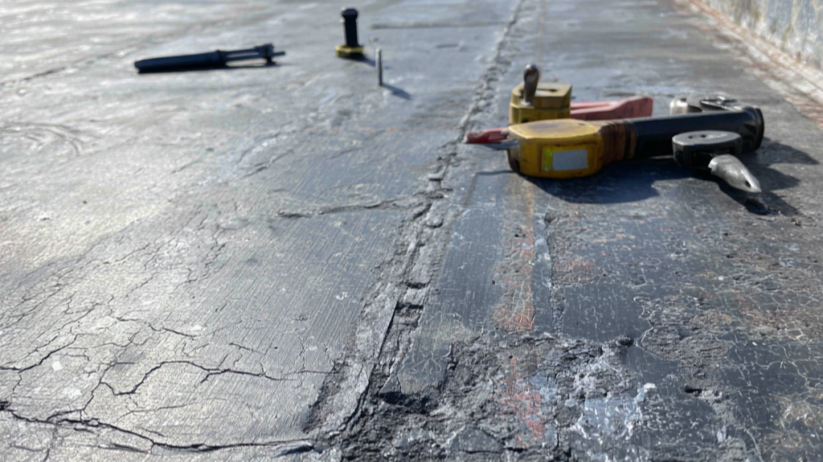
By mid-June, roof surfaces across Andrews, TX often reach temperatures that make walking near equipment feel like standing beside a furnace. That kind of sustained heat doesn’t just challenge your HVAC—it challenges everything on your roof. Over time, the daily grind of sun, UV, and thermal stress wears a commercial roof down until failure happens—sometimes suddenly, often painfully expensive.
Commercial roofing heat damage doesn’t always announce itself with a leak. It develops behind the scenes: fasteners that loosen, membranes that crack, seams that fail. Understanding why those failures spike in summer heat is the first step toward keeping roofs strong when they’re needed most.
In this post, you’ll discover:
- The heat-driven forces that undermine roof durability
- How different roofing systems respond under stress
- What to do before summer starts stressing your roof
- Proven business roof solutions that stand up to Texas heat
And when you're ready, PB Roofing can help you inspect, reinforce, or restore your roof before heat becomes a crisis.
How Heat, UV, and Thermal Stress Damage Commercial Roofs
To protect a roof from summer breakdown, you first have to see how the damage builds up over time—not just when disaster strikes.
- Thermal cycling. Roof materials expand in midday sun and contract overnight. Over years, that movement strains seams, flashings, membranes, and fasteners.
- Ongoing UV attack. UV rays degrade sealants, coatings, membranes, and adhesives, making them brittle and less able to flex under heat.
- Hidden flaws magnify. A minor seam gap, a backing fastener, or a worn flashing may survive cooler months—but when heat intensifies, these become weak points.
- Insufficient design and oversight. It’s not uncommon for commercial roofs to be installed without considering extreme heat or future exposure. Without heat-rated materials, proper terminations, or reinforced zones, the building is vulnerable.
For a roof to last in this environment, roof durability must account for those forces—not just wind, rain, or hail.
Steps to Prepare Commercial Roofs for Summer Heat in Andrews, TX
The summer spike in failures doesn’t come out of nowhere. The properties that survive it are those prepared ahead of heat stress. Here’s what you should do before temperatures peak:
- Document and assess your current roof system—material, age, prior repairs, weak spots
- Verify warranty terms—confirm if heat-rated materials or inspections are required
- Select heat-rated products—membranes, coatings, sealants built for UV and expansion stress
- Check slope and drainage paths—standing water stresses the roof during high heat
- Schedule timely inspections and maintenance so you fix degradation before it becomes failure
- Obtain any required permits early—especially for large repairs or replacements
When you've lined this up in spring, your roof is a lot more likely to survive summer’s worst.
.png)
Roof Types Most at Risk for Heat Damage in Texas Summers
Let’s walk through common roof types and how heat pushes them to failure—so you can see where your own roof may be vulnerable.
Metal Roofs: Fasteners, Seams & Expansion
Metal expands considerably under heat. Fasteners can loosen, seams stretch or separate, and coatings may crack. A roof that seemed tight in spring can turn into one with gaps or leaks by July.
Membrane Roofs (TPO, EPDM, PVC): Shear, Blisters & Bond Failures
Membranes often hide moisture or weak welds. Under heat, trapped moisture expands into blisters, adhesive bonds weaken, and seams delaminate. UV exposure accelerates deterioration too.
Foam / Coated Roofs: Edge Detachments & Fatigue Zones
Foam or coated systems can hold up if terminations and transitions are tight—but those zones are often the first to fail. Heat stresses the boundary zones and any imperfection becomes a failure point.
Roof Penetration Zones & Equipment Surfaces
Where HVAC units, skylights, ducts, or vents poke through the roof—those are heat stress hotspots. The extra load, vibration, and temperature fluctuation magnify small defects into leaks or blown seals.
When heat exposure hits, all these systems begin to show what was already flawed.
How PB Roofing Delivers Business Roof Solutions That Withstand Extreme Heat
At PB Roofing, we build roofs with summer in mind. Our approach doesn’t wait for failure—it stops it before it starts.
- We perform pre‑heat inspections, focusing on terminations, seams, flashings, equipment zones
- We use UV-resistant, heat-rated membranes and coatings
- We reinforce critical zones—edges, curbs, transitions—with extra layers or fabric
- We schedule regular checks and maintenance cycles during and after heat peaks
- We provide full documentation that helps protect warranties and insurance coverage
Those steps let us deliver business roof solutions that survive—not just survive, but perform through years of Texas heat.
Proactive Commercial Roof Maintenance vs. Reactive Repairs in Summer
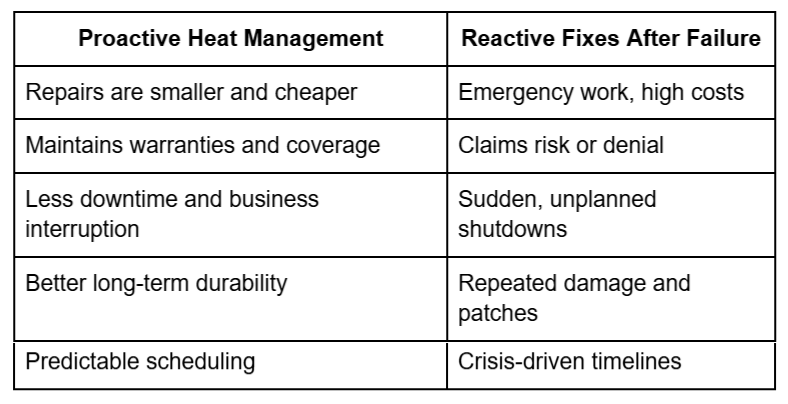
Waiting for summer to prove your roof’s weakness always ends with a scramble—and costs more in money, stress, and interruptions.
Andrews, TX Roofing FAQs: Heat & Commercial Roof Failures
Here are common questions property owners in Andrews ask—and straight answers based on decades of roofing work in this climate.
Don’t Let Heat Win the Roof Battle
Summer’s heat isn’t just a nuisance—it’s a test. Too many commercial roofs fail because they weren’t built or maintained for it. When systems are pushed, small flaws become catastrophes.
If you want to protect your roof before the season turns it against you, let’s talk. PB Roofing brings more than 30 years of local experience—meaning we’ve earned the tough cases, and we don’t second-guess our fixes. We provide practical, dependable business roof solutions that last.
Schedule your free commercial roof inspection today and give your roof the advantage it needs before heat strikes.
Recent Articles

Local Roofing Contractors in Midland, TX: Trusted Experts in Your Neighborhood
Discover why hiring local roofing contractors in Midland, TX ensures durable roofs, fast service, expert repairs, and trusted warranties from PB Roofing—your neighborhood specialists.
October 4, 2025
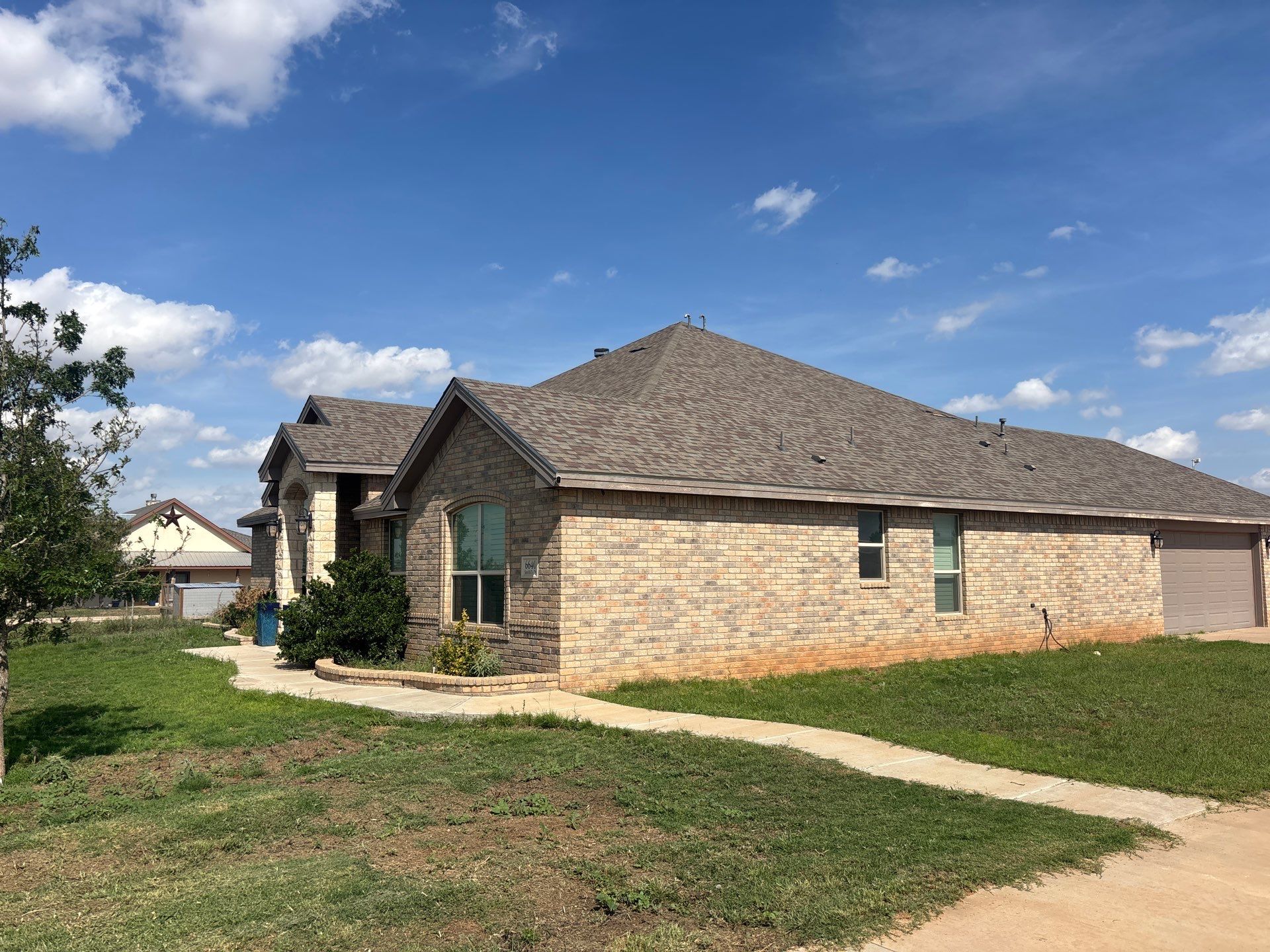
Choosing the Best Roofing Company in Midland, TX: Tips and Insights
Discover how to choose the best roofing company in Midland, TX—learn key tips on pricing, materials, warranties, and why PB Roofing is a trusted local expert with 30+ years’ experience.
October 3, 2025
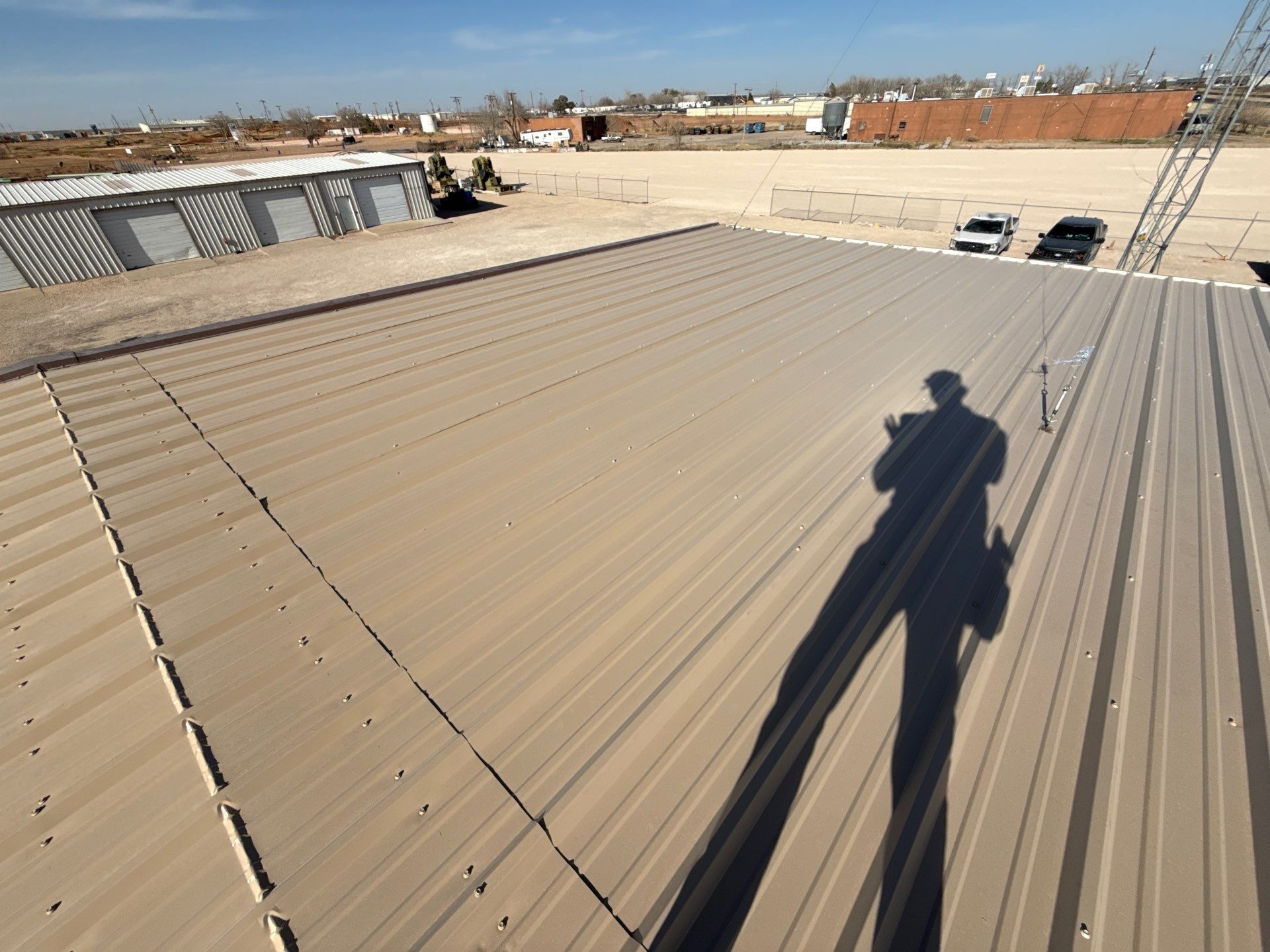
Roof Inspection in Midland, TX: Proactive Maintenance for a Lasting Investment
Protect your home with a professional roof inspection in Midland, TX. PB Roofing offers affordable, thorough inspections to extend roof life and prevent costly repairs.
October 2, 2025
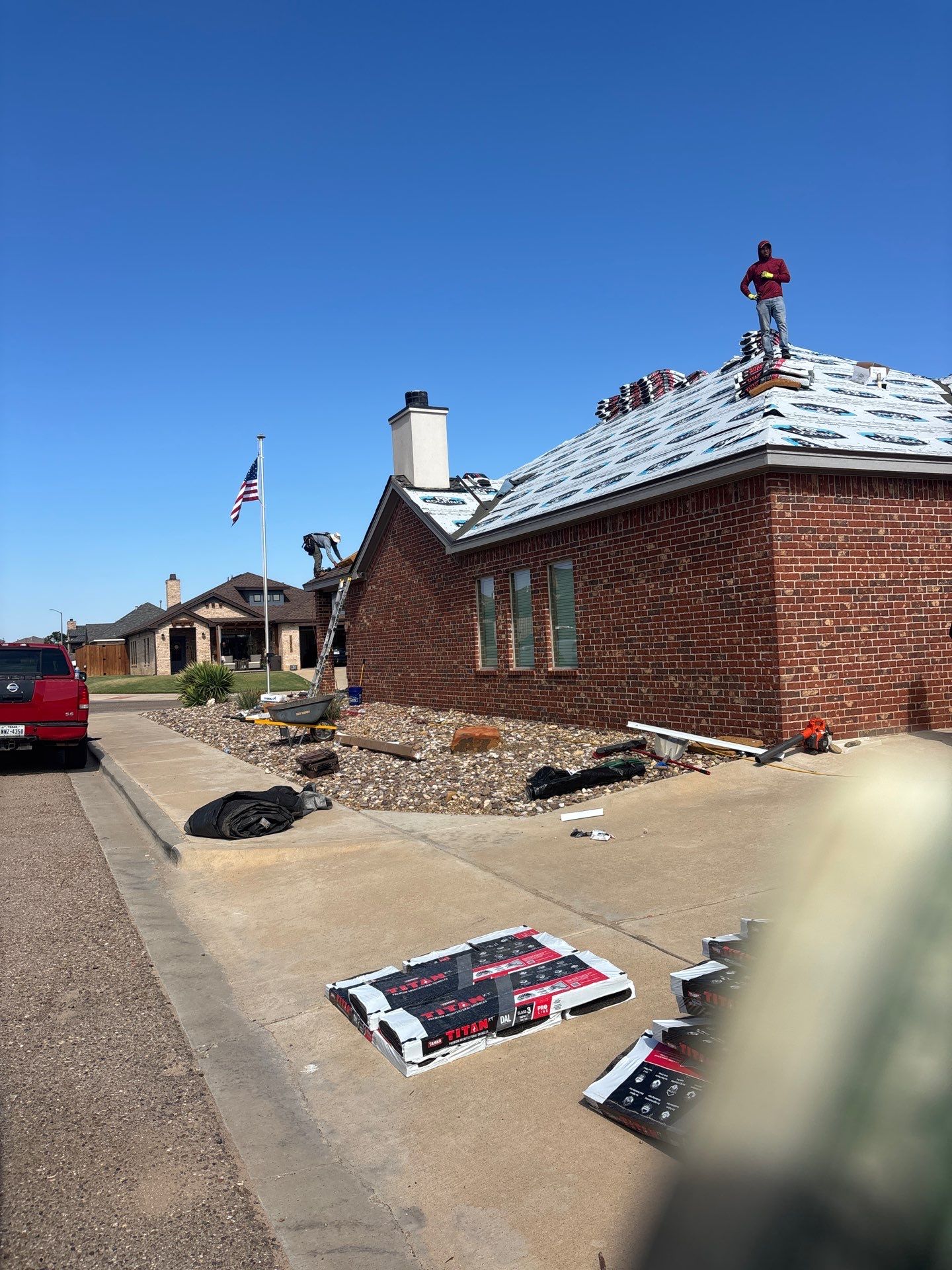
Demystifying Roof Repair Cost in Midland, TX: A Comprehensive Breakdown
Wondering how much a roof repair in Midland, TX might cost? Our comprehensive guide breaks down the factors that influence roof repair costs, helping you make informed decisions.
October 1, 2025
